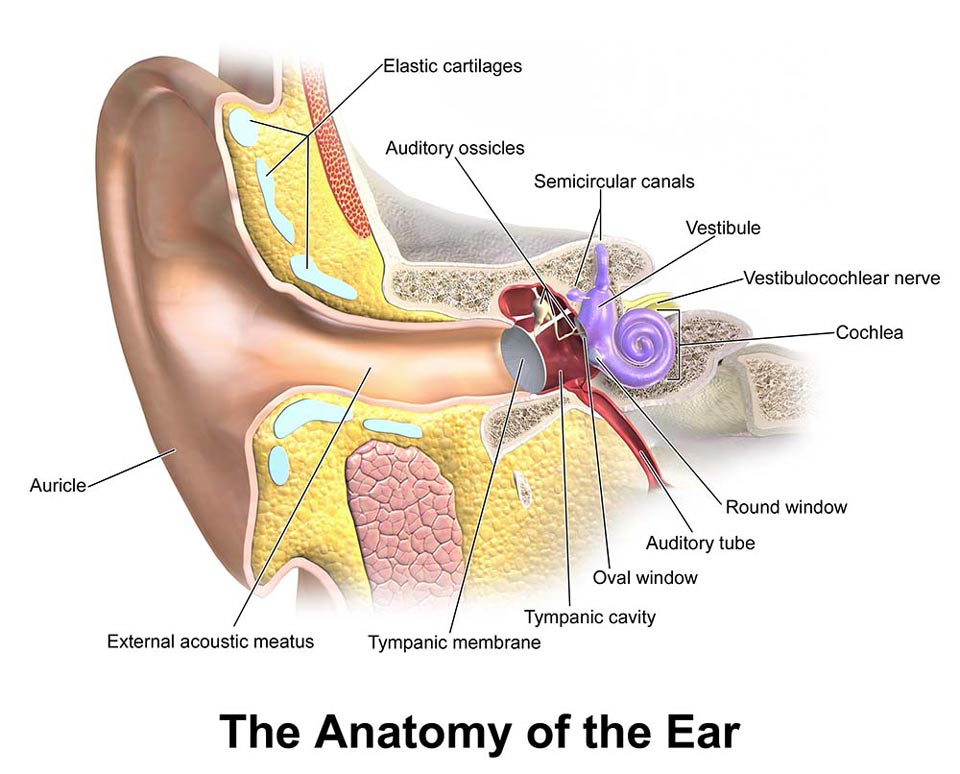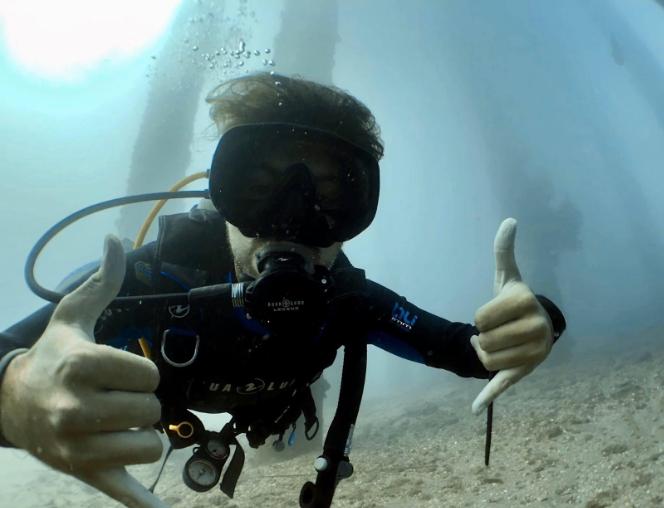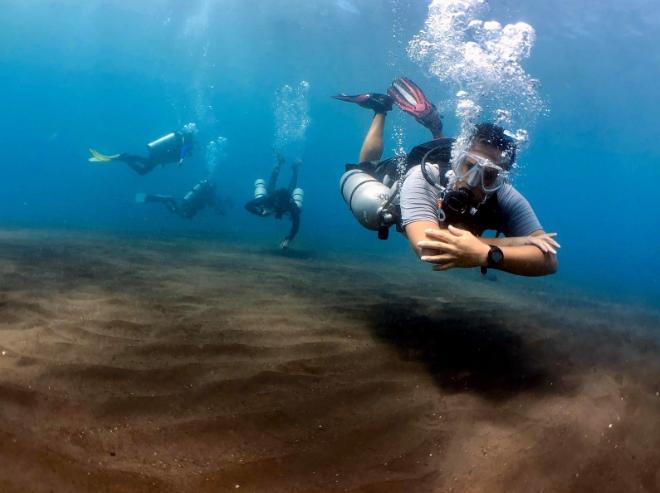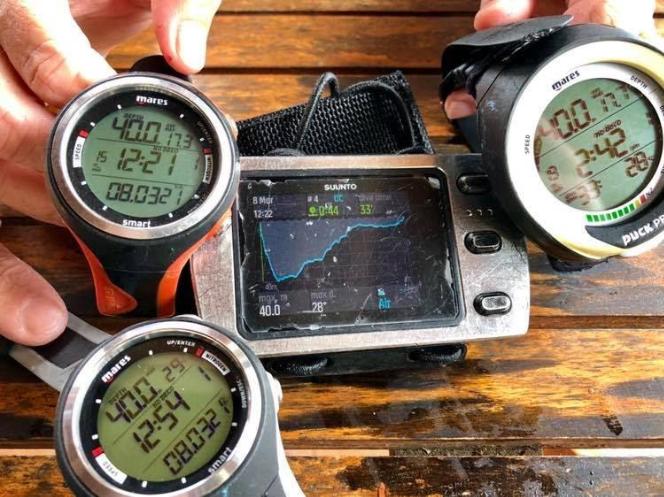PADI IDC Theory: Physiology – The Ear

Our ears are sensitive. They’re one of our most important considerations when beginning to scuba dive. We must be mindful of air spaces to avoid an uncomfortable, painful, or even damaging imbalance of pressure. We equalize our ears regularly during a scuba or free dive descent, but sometimes this process is prevented or the forces at play become too strong without the proper action from the diver. These forces can permanently damage a diver’s hearing and effectively prevent them from diving again. The ear is typically divided in three parts, called the outer, middle, and inner ear. The outer ear consists of the auricle (the “ear” we see), and the ear canal that channels sound to the middle ear; it is open to air and water. The middle ear is protected from the elements by the ear drum, which vibrates and passes sound to small bones in the inner ear called ossicles. A closed space full of air, the middle ear is the part of the ear most affected by changes in pressure. The inner ear is made up of the vestibular canals that control balance, and the cochlea which turns vibrations into nerve impulses to be transmitted by the auditory nerve to the brain. The ossicles connect to the cochlea at the oval window which flexes with vibrations. The round window, opposite the oval window, flexes out when the oval window flexes in, and vice versa. When pressures exceed a certain level in either direction, these “windows” are the membranes that are liable to rupture. We equalize the pressure in our ears by pushing air into the Eustachian tube, a tube that connects the middle ear to the throat. If a diver does not equalize during descent, hydrostatic pressure forces blood and fluid into the middle ear until equilibrium is restored. The ears feel full and hearing is reduced when this happens; this is called middle ear squeeze and should be checked by a medical professional. If a diver does not equalize and descends faster than fluids can fill the middle ear, the eardrum will rupture, allowing water into the middle ear. This is characterized by a sharp pain and then relief as the pressure is relieved. The diver will experience vertigo or dizziness as the water fills the spaces inside the ear, but it will subside as the water settles and warms to body temperature. If a diver delays equalization before equalizing forcefully using the Valsalva maneuver (blowing against pinched nostrils using the diaphragm and lungs) the force of the resulting equalization can damage the ear. Pressure on the ear drum presses in on the ossicles, which then press in on the oval window and cochlea. The round window flexes out in response and can burst outward. A round window rupture is serious and requires medical treatment; a diver that suffers a round window rupture may never be able to dive again. To avoid a round window rupture, always use the Frenzel maneuver, blowing against pinched nostrils using the throat muscles, instead of the diaphragm. If, for some reason, air cannot escape from the middle ear through the Eustachian tube upon ascent, a condition called reverse squeeze occurs. It is usually caused by blocked nasal/sinus passages, perhaps from diving with a cold, or with a decongestant that has worn off. If you feel a reverse squeeze, stop your ascent and wait for the trapped air to work its way out. In the case of a reverse squeeze, techniques such as swallowing, moving your jaw, and inhaling against pinched nostrils have been known to occasionally help this process along. If a diver is experiencing a reverse squeeze and continues to ascend, they are at risk of their ear drums rupturing outward. Ear plugs and tight wetsuit hoods can also create air spaces that are difficult or impossible to equalize. When a diver descends with these air spaces, the ear drum flexes toward that air space and it can feel like middle ear squeeze or reverse squeeze. If the descent continues, the diver risks rupturing their ear drum. Luckily, these issues are easily prevented by never diving with earplugs and lifting the seal of your hood away from your ear momentarily if your hood happens to seal to your ear. Our ears are such a small but important part of scuba diving. The risks are severe but easily managed with care and precaution. These topics are all covered as part of our PADI IDC Bali Internship programmes. Join us in Bali to learn more!



